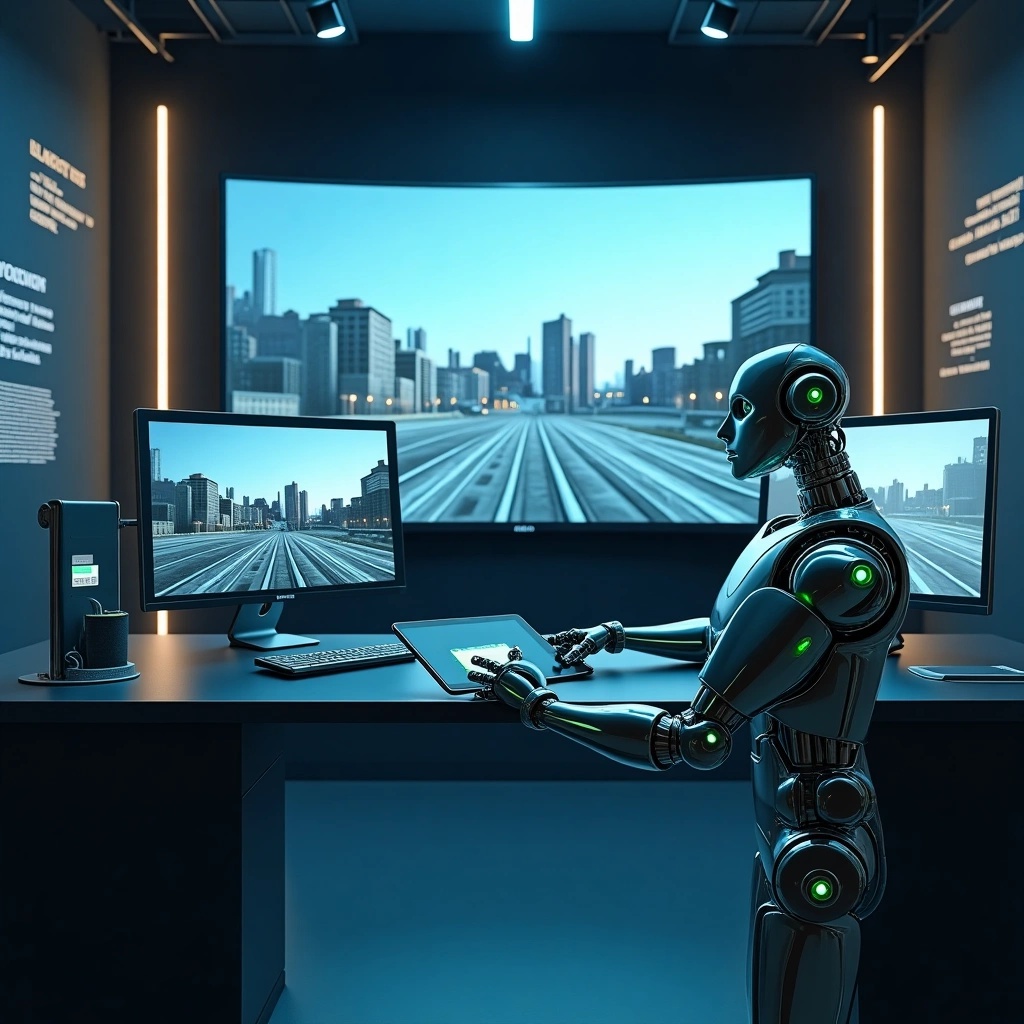Stereo Anything: Unifying Stereo Matching with Large-Scale Mixed Data

By Kate Martin
Posted on: November 22, 2024

**Analyzing the Abstract:**
The research paper, "Stereo Anything: Unifying Stereo Matching with Large-Scale Mixed Data," aims to develop a versatile and robust stereo matching model that can handle diverse environments and generalize well to new, unseen data. The authors introduce a novel approach called StereoAnything, which is designed to unify stereo matching across different conditions.
**Key Takeaways:**
1. **Goal:** Develop a foundational model for stereo matching that can handle various environments.
2. **Approach:** Scale up the dataset by collecting labeled stereo images and generating synthetic stereo pairs from unlabeled monocular images.
3. **Novelty:** Introduce a synthetic dataset with added variability in baselines, camera angles, and scene types to enrich the model's ability to generalize.
4. **Evaluation:** Extensively evaluate the zero-shot capabilities of the model on five public datasets, showcasing its impressive ability to generalize.
**Potential Use Cases:**
1. **Computer Vision Applications:** Stereo matching is a fundamental component in 3D vision, making this research relevant for various computer vision applications, such as:
* Structure from Motion (SfM) and Stereo Reconstruction
* Depth Estimation and Scene Understanding
* Object Recognition and Tracking
2. **Robotics and Autonomous Systems:** The ability to generalize stereo matching across different environments can improve the performance of robots and autonomous systems in various scenarios.
3. **Virtual Reality (VR) and Augmented Reality (AR):** This research has implications for improving the accuracy and robustness of stereo matching in VR/AR applications.
**Insights into Significance:**
1. **Unifying Stereo Matching:** The authors' approach to unify stereo matching across different conditions is a significant contribution, as it allows for more accurate and robust stereo matching.
2. **Large-Scale Mixed Data:** Scaling up the dataset by collecting labeled stereo images and generating synthetic stereo pairs from unlabeled monocular images provides a rich source of data for training and evaluating stereo matching models.
3. **Generalization Ability:** The authors' evaluation on five public datasets showcases the impressive ability of their model to generalize, making it more practical and applicable in real-world scenarios.
**Link to Papers with Code:**
https://paperswithcode.com/paper/stereo-anything-unifying-stereo-matching-with
This link provides access to the paper's code repository on GitHub, allowing researchers and practitioners to reproduce the experiments and adapt the approach for their own applications.